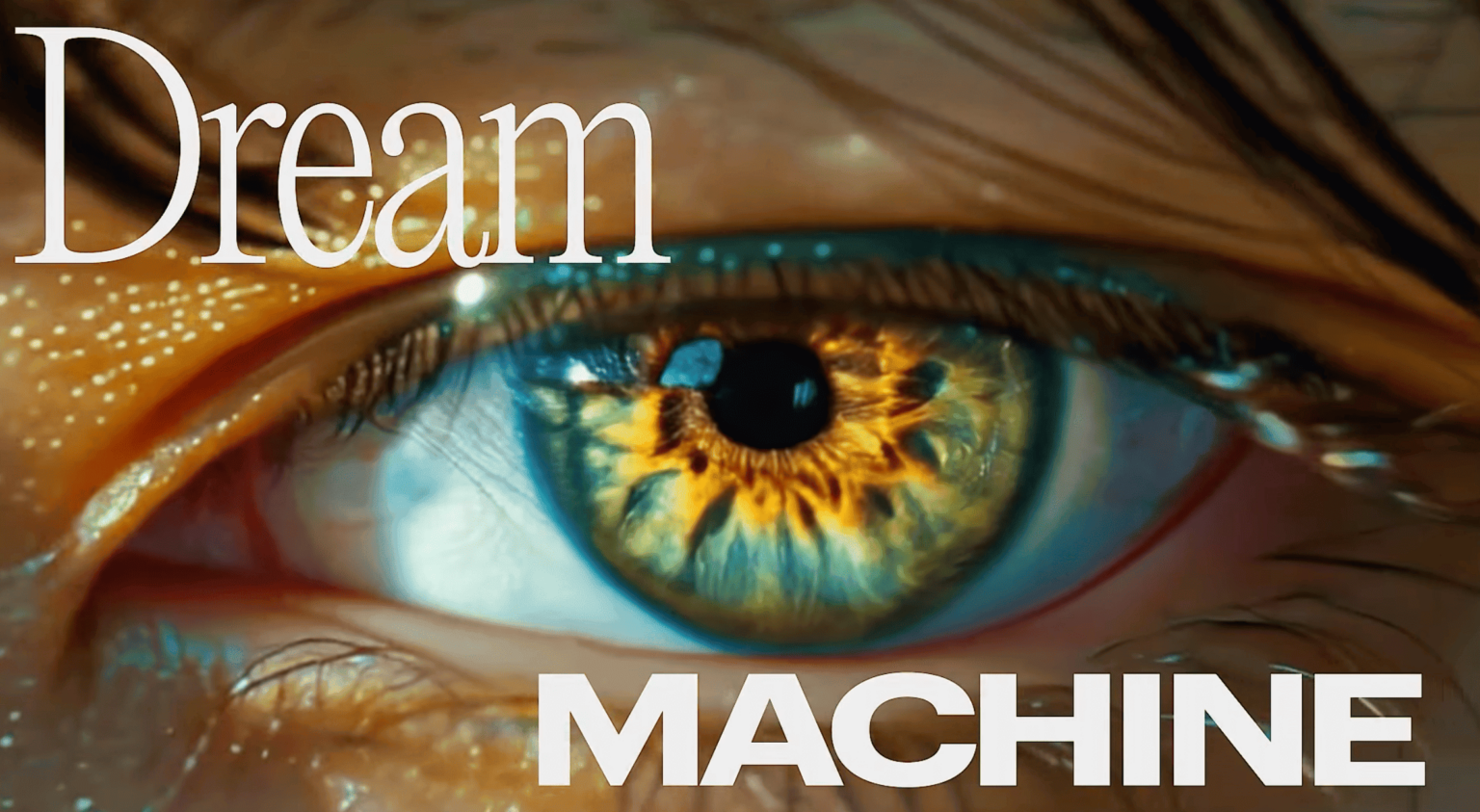Introduction
In the rapidly advancing field of AI video generators, Luma AI has introduced a novel and formidable contender: Dream Machine. Unique in its ability to create high-quality, realistic videos from text in record time, this AI-powered device becomes accessible for anyone to test, marking a significant milestone in AI developments.
Past Successes and Future Promises
Luma AI, a company that already impressed us with automated 3D scans, now delves into the realm of video generation. Their prior expertise in transforming simple smartphone videos into 3D scans proves promising when envisaging the translation of this knowledge into their novel video generation model. Even so, only experience can substantiate such a potential.
Key Features of Dream Machine
Promising to deliver videos of superior quality from either text or image inputs, Dream Machine presents a compelling combination of speed and STEM understanding. As per the company’s claims, their AI can generate 120 frames in a mere 120 seconds. However, it’s worth mentioning that some generations could take up to seven minutes. An additional USP of Dream Machine is its comprehension of human, animal, and object interactions, enabling it to render videos with the utmost character and physical consistency.
Awarding an Edge to Dream Machine
Despite the advancements made, many AI video generators struggle to achieve consistent accuracy and smooth physics. Dream Machine aims to bridge this gap, promising 5-second long shots (with expandability) exemplifying both cinematic and naturalistic camera movements.
Experimenting with the Dream Machine
When you log into Luma AI’s website, Dream Machine presents a user-friendly interface. It allows the comparison of the model’s capability with competitors using the same initial prompts, with some adjustments concerning camera motion and character action. While the AI does confront hurdles with scene details, its overall comprehension and rendering are highly impressive.
Scope for User Customizations
Dream Machine comes with an “enhance prompt” setting that helps the model to deliver realistic results even for short prompts, filling in gaps creatively. In contrast, disabling this setting compels the user to draft detailed descriptions for scenes, actions, motion, and objects.
Current Challenges and Future Expectations
Despite numerous landmarks achieved, Dream Machine still contends with the typical struggles of an AI video generator—naturalistic movement, coherent text insertion, and morphing during complicated moves, or actions, among others. Yet, the team at Luma AI is keen on enhancing controls in future Dream Machine versions and invites feedback via their Discord channel.
Experiencing the Dream Machine
Fruitful in its advancement and functionality, Luma AI’s Dream Machine is a paragon of AI-powered video generators seen so far and offers a more reliable and realistic output. You can test the Dream Machine here and get up to 5 free generations per day, with paid plans for additional benefits. The massive debates concerning AI video generators in our industry provoke thought and discourse. What are your views on Luma AI’s Dream Machine? Feel free to share in the comments section.
